Ukrainian military has ‘shown how the Russian army can be beaten’
Recent Ukrainian frontline advances may offer hope for its counter-offensive
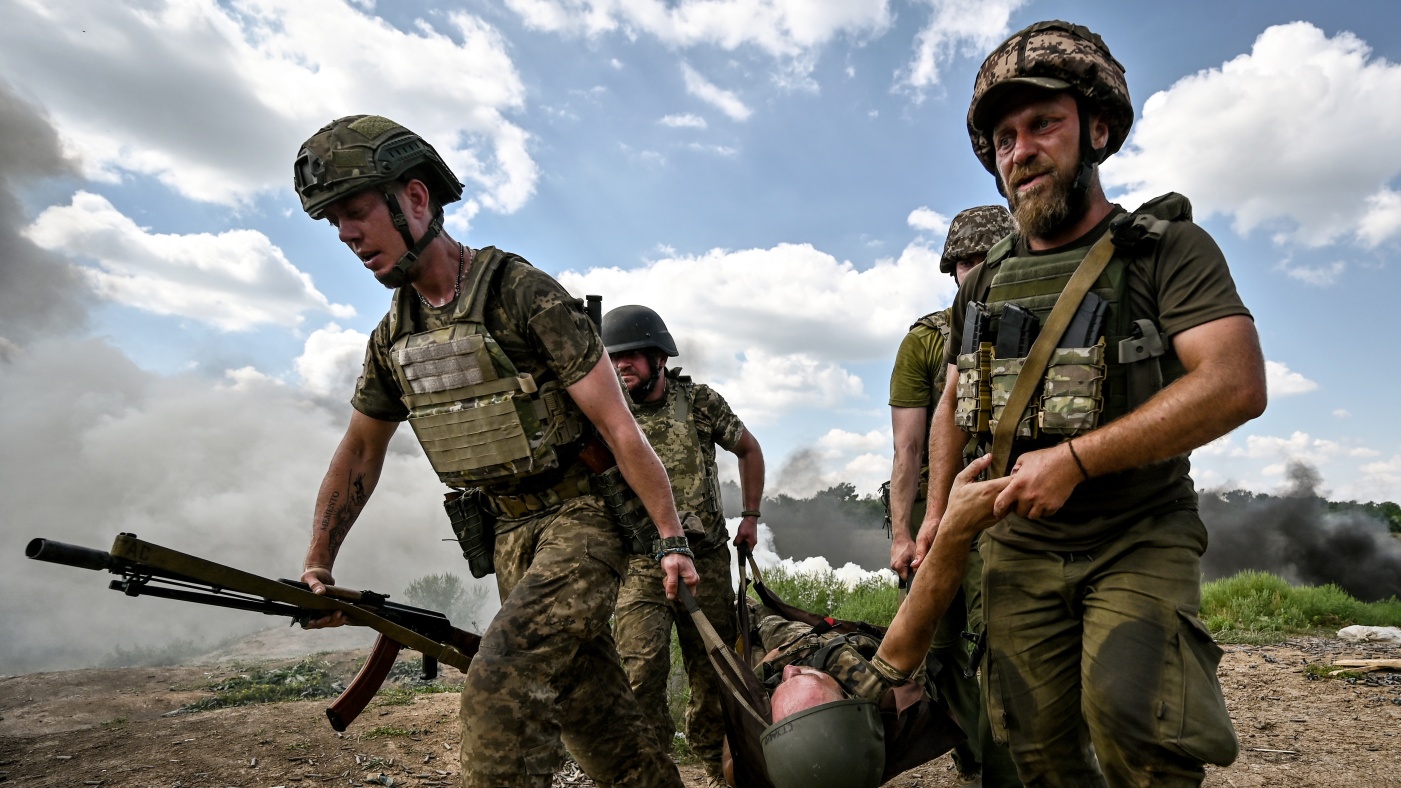
“The Russians are losing their war on Ukraine,” said Daniel Johnson in The Daily Telegraph. “They just don’t know it yet.”
In recent months, the Western media has been full of stories about how the Ukrainian counter-offensive is stalling. This is immensely frustrating for the Ukrainians: last week, the foreign minister Dmytro Kuleba told critics abroad to “shut up, come to Ukraine and try to liberate one square centimetre by themselves”.
But the stories are also inaccurate. Over the past ten days, Ukrainian forces have decisively breached parts of the so-called Surovikin Line in Zaporizhzhia province in the south: the forbidding lines of mines, dragons’ teeth, anti-tank obstacles and trenches designed by the Russian commander Sergey Surovikin. Key villages have fallen, such as Robotyne and Verbove. If the Russians cannot hold the Surovikin Line, “they could well suffer a rout” – as happened last year. And if the Ukrainians break through, they could soon reach the Black Sea, cutting Russia’s forces in half.
The Week
Escape your echo chamber. Get the facts behind the news, plus analysis from multiple perspectives.

Sign up for The Week's Free Newsletters
From our morning news briefing to a weekly Good News Newsletter, get the best of The Week delivered directly to your inbox.
From our morning news briefing to a weekly Good News Newsletter, get the best of The Week delivered directly to your inbox.
Acceleration ‘offers hope’
Since 4 June, when the counteroffensive started, Ukraine has liberated just over 100 sq km of territory – a tiny percentage of the 100,000 sq km remaining in Russian hands, said The Economist. But the recent acceleration “offers hope”. Beyond the first section of the Surovikin Line, Russia’s defences are shallower and troop concentrations thinner. Western munitions – cruise missiles, rocket artillery, cluster bombs – have helped to degrade Russian forces. The idea of a “sudden surge” is not inconceivable.
Not inconceivable, said Frank Ledwidge in The Guardian, but unlikely. So far, at best, the Ukrainians have advanced eight miles; they have more than 50 miles to cover to get to the sea. More likely is a First World War-style conflict, a series of slow, bitterly fought “bite and hold” operations.
Ukraine must avoid ‘hasty timetable’
The Ukrainian military has “shown how the Russian army can be beaten”, said Richard Barrons in the Financial Times. “Not in 2023, but in 2024 or 2025.” The crucial thing is that Ukraine is not forced to commit to “a hasty timetable” because of Western impatience. Big wars “are fought at the scale and pace they evolve into”.
The Ukrainians have now found a way to advance without incurring crippling casualties. In the long term, the determining factor will be “defence industrial capacity”. Ammunition from new production lines being built by Ukraine’s allies will appear in 2024. This should be “a major turning point” in the war. In the meantime, “relentless pressure must be maintained on the Russian occupation throughout the winter”.
A free daily email with the biggest news stories of the day – and the best features from TheWeek.com
-
 Into the Woods: a ‘hypnotic’ production
Into the Woods: a ‘hypnotic’ productionThe Week Recommends Jordan Fein’s revival of the much-loved Stephen Sondheim musical is ‘sharp, propulsive and often very funny’
-
 ‘Let 2026 be a year of reckoning’
‘Let 2026 be a year of reckoning’Instant Opinion Opinion, comment and editorials of the day
-
 Why is Iran facing its biggest protests in years?
Why is Iran facing its biggest protests in years?TODAY’S BIG QUESTION Iranians are taking to the streets as a growing movement of civic unrest threatens a fragile stability
-
 What will happen in 2026? Predictions and events
What will happen in 2026? Predictions and eventsIn Depth The new year could bring peace in Ukraine or war in Venezuela, as Donald Trump prepares to host a highly politicised World Cup and Nasa returns to the Moon
-
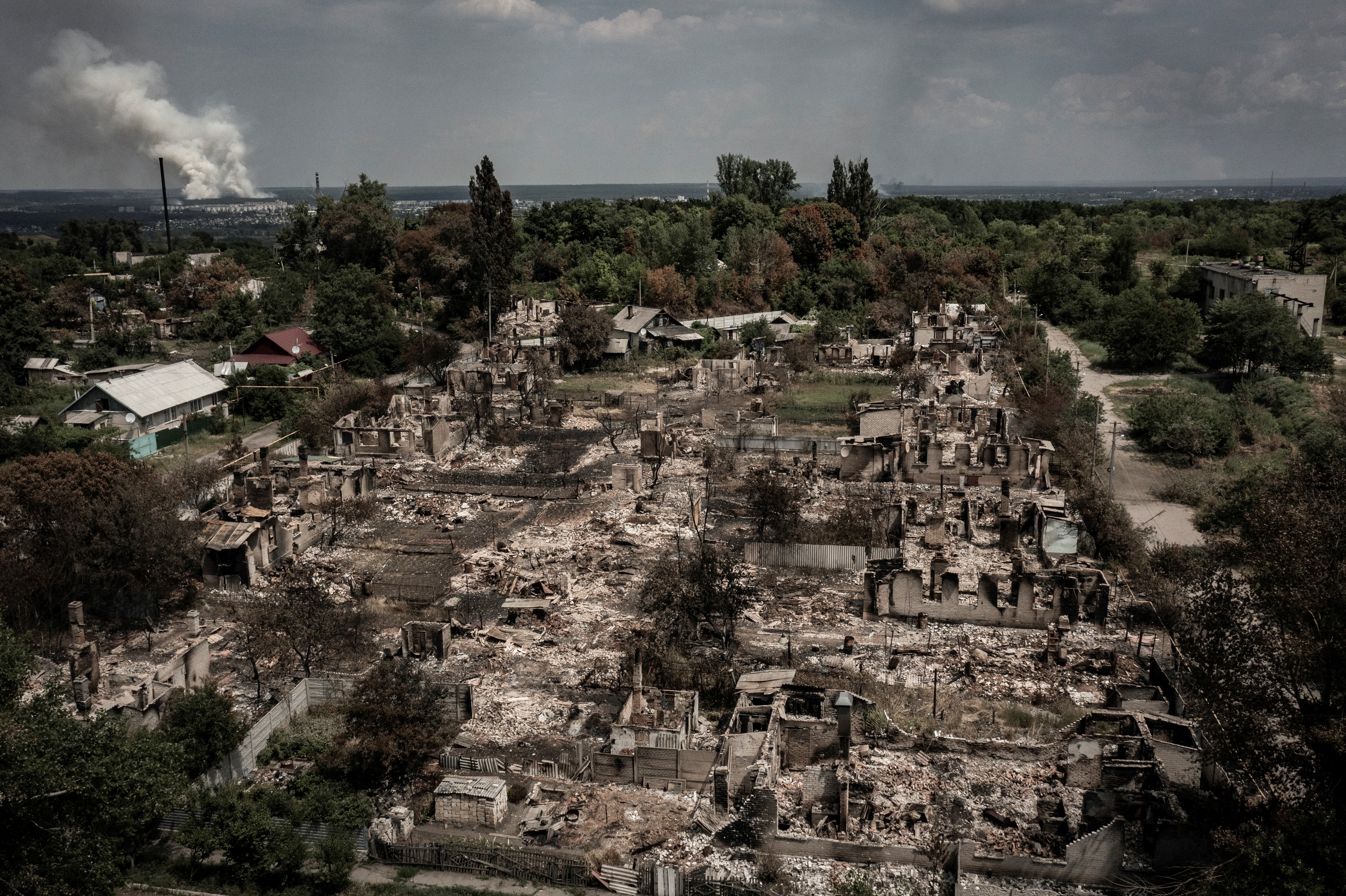 All roads to Ukraine-Russia peace run through the Donbas
All roads to Ukraine-Russia peace run through the DonbasIN THE SPOTLIGHT Volodymyr Zelenskyy is floating a major concession on one of the thorniest issues in the complex negotiations between Ukraine and Russia
-
 US offers Ukraine NATO-like security pact, with caveats
US offers Ukraine NATO-like security pact, with caveatsSpeed Read The Trump administration has offered Ukraine security guarantees similar to those it would receive from NATO
-
 How Bulgaria’s government fell amid mass protests
How Bulgaria’s government fell amid mass protestsThe Explainer The country’s prime minister resigned as part of the fallout
-
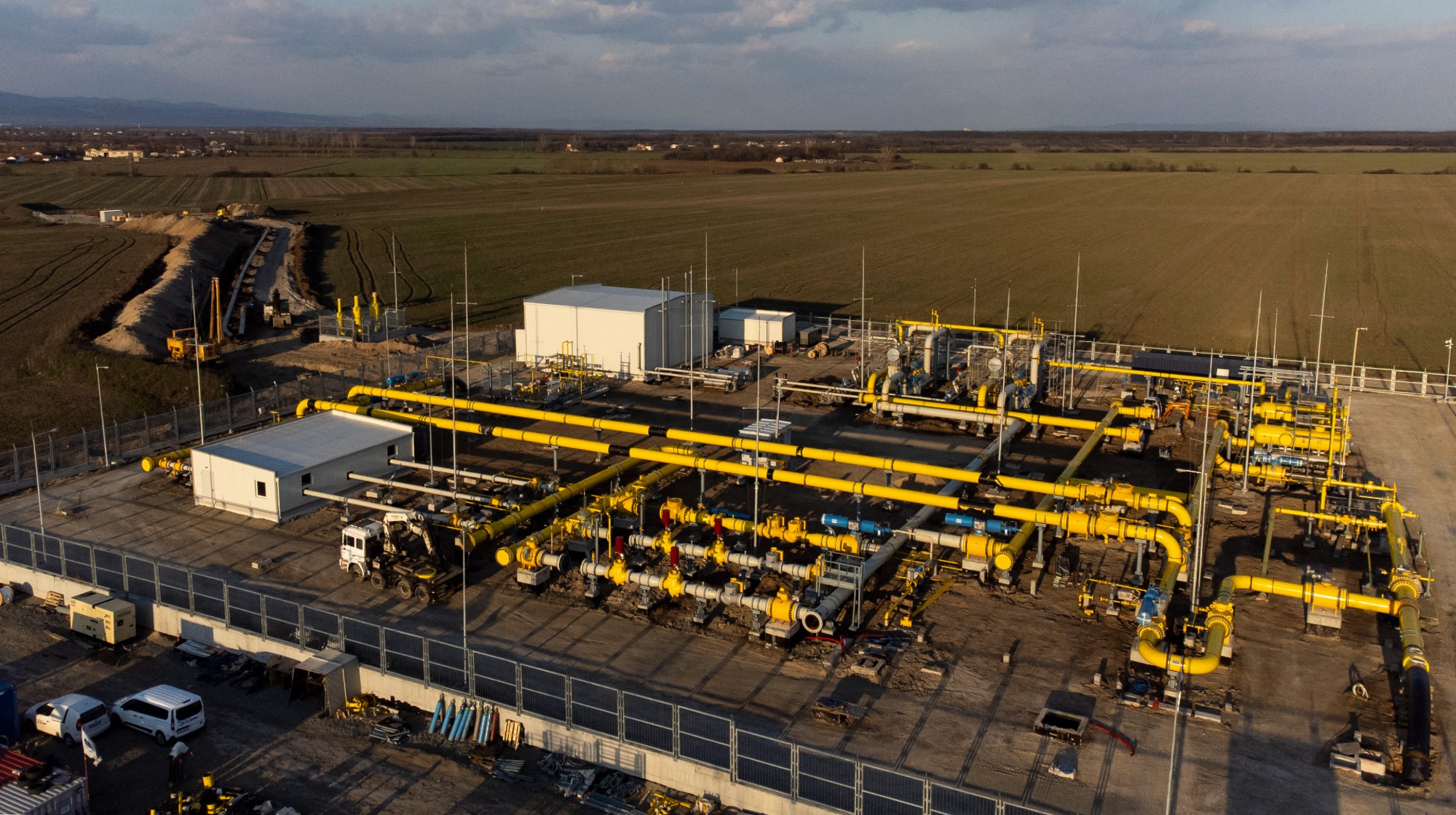 Europe sets 2027 deadline to wean itself from Russian gas
Europe sets 2027 deadline to wean itself from Russian gasIN THE SPOTLIGHT As negotiators attempt to end Russia’s yearslong Ukraine invasion, lawmakers across the EU agree to uncouple gas consumption from Moscow’s petrochemical infrastructure
-
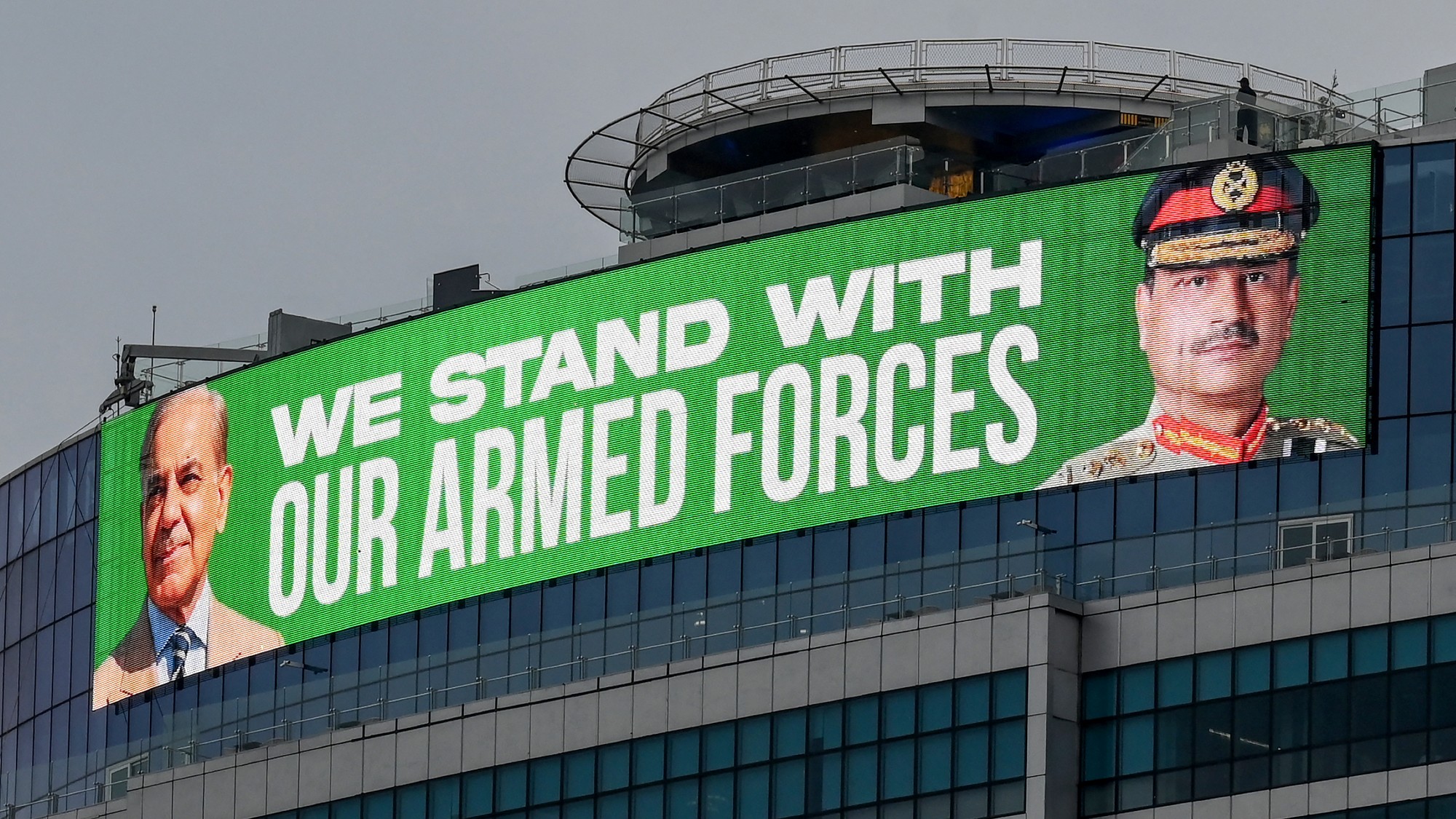 Pakistan: Trump’s ‘favourite field marshal’ takes charge
Pakistan: Trump’s ‘favourite field marshal’ takes chargeIn the Spotlight Asim Munir’s control over all three branches of Pakistan’s military gives him ‘sweeping powers’ – and almost unlimited freedom to use them
-
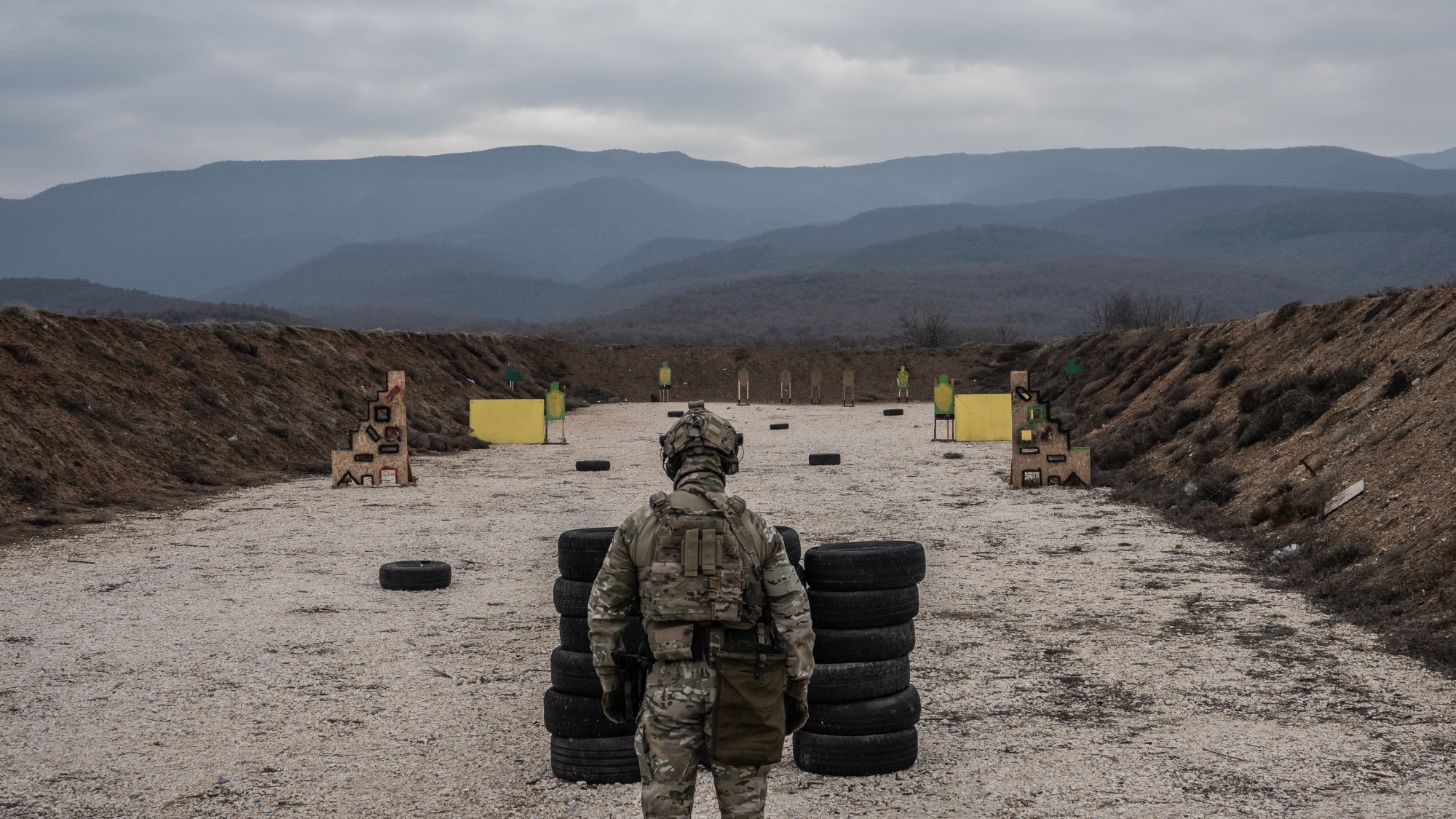 Is Europe finally taking the war to Russia?
Is Europe finally taking the war to Russia?Today's Big Question As Moscow’s drone buzzes and cyberattacks increase, European leaders are taking a more openly aggressive stance
-
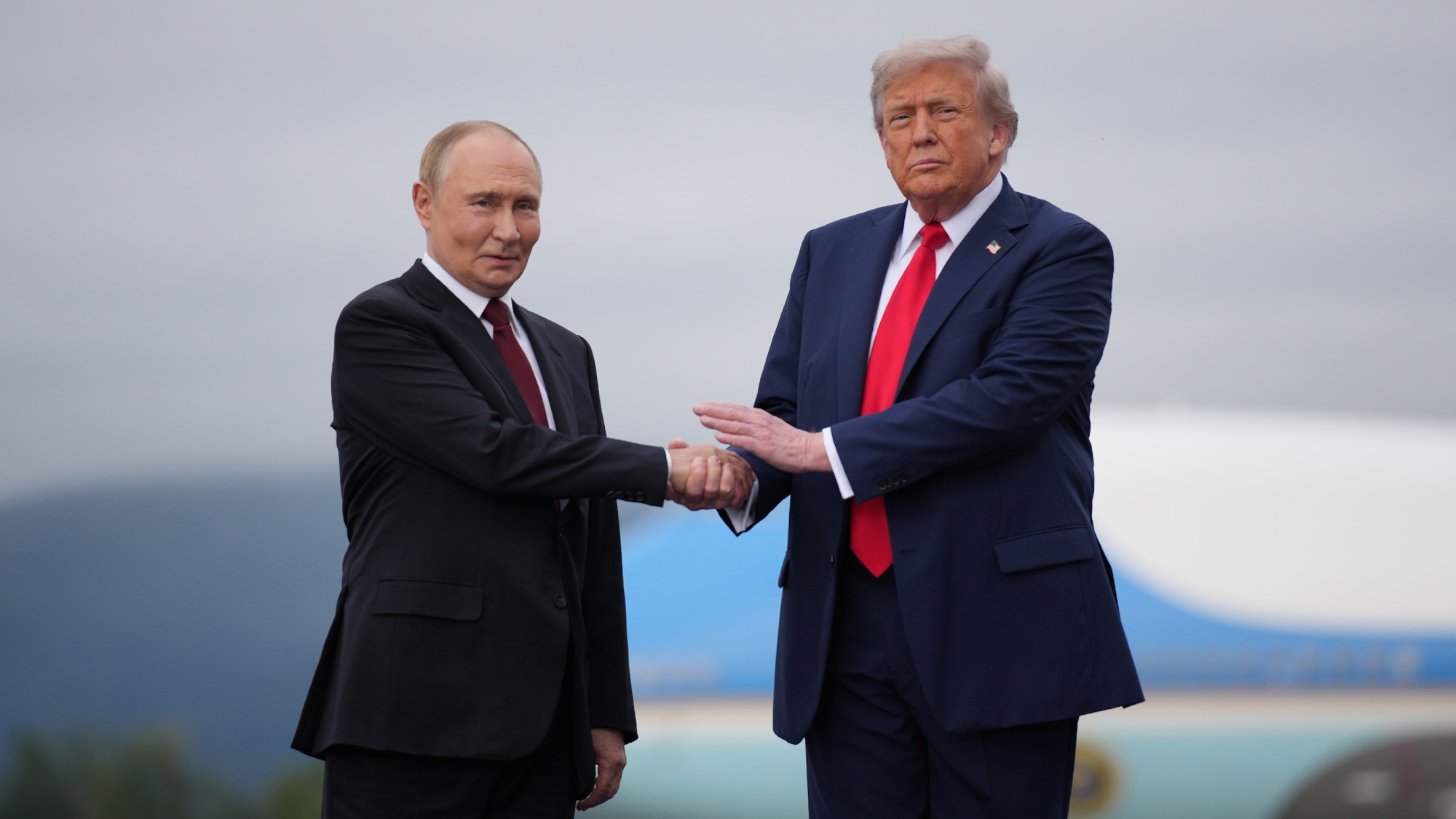 Pushing for peace: is Trump appeasing Moscow?
Pushing for peace: is Trump appeasing Moscow?In Depth European leaders succeeded in bringing themselves in from the cold and softening Moscow’s terms, but Kyiv still faces an unenviable choice